Introduction
In the realm of culinary arts, the preparation of meat dishes often involves intricate techniques and flavorful marinades that elevate the ordinary to the extraordinary. Among these, the art of making sauce-marinated pigeon stands out as a testament to both culinary precision and the harmonious blend of ingredients. Pigeon, a bird often underestimated in modern gastronomy, holds a rich history as a delicacy across various cultures, particularly in European and Asian cuisines. This article aims to guide you through the meticulous process of crafting a sauce-marinated pigeon dish that promises to delight your taste buds and impress even the most discerning food enthusiasts.

Section 1: Understanding Pigeon as an Ingredient
Before diving into the recipe, it’s crucial to appreciate the unique qualities of pigeon meat. Unlike chicken, which is widely consumed, pigeon offers a denser, richer flavor profile with a slightly gamier taste. Its meat is tender yet firm, capable of absorbing marinades deeply, making it an ideal candidate for sauce-based preparations.
When selecting pigeons for your dish, look for birds that are plump and have firm, smooth skin without blemishes. Freshness is key; ideally, source your pigeons from a reputable supplier or farm that ensures humane treatment and proper handling to guarantee the best quality.
Section 2: Preparing the Pigeon
Step 1: Cleaning and Trimming

Begin by rinsing the pigeons thoroughly under cold running water to remove any dirt or debris. Pat them dry using paper towels to ensure the marinade adheres evenly. Next, trim any excess fat or feathers, paying close attention to the cavity. This step not only enhances the aesthetic appeal of the final dish but also ensures a balanced flavor.
Step 2: Brining (Optional but Recommended)
For added moisture and flavor depth, consider brining your pigeons. Prepare a simple brine solution using water, salt, and a touch of sugar. Submerge the pigeons in the brine for about 2-4 hours, refrigerated. This process helps to tenderize the meat and season it from within.
Section 3: Crafting the Marinade
The marinade is the heart of this dish, infusing the pigeon with layers of flavor. Here’s a classic yet versatile recipe:
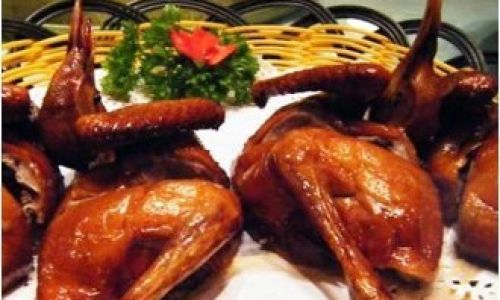
Ingredients:
- 1/4 cup soy sauce
- 1/4 cup hoisin sauce
- 2 tablespoons honey
- 2 tablespoons rice vinegar
- 2 cloves garlic, minced
- 1-inch piece of fresh ginger, grated
- 1 teaspoon five-spice powder
- 1 teaspoon sesame oil
- 1/2 teaspoon white pepper
- 1/4 cup Chinese cooking wine (Shaoxing wine) or dry sherry
- 2 tablespoons vegetable oil
Instructions:
- In a mixing bowl, whisk together the soy sauce, hoisin sauce, honey, rice vinegar, garlic, ginger, five-spice powder, sesame oil, and white pepper until well combined.
- Add the Chinese cooking wine or dry sherry and continue mixing.
- Gradually incorporate the vegetable oil, stirring constantly to create an emulsified sauce.
Section 4: Marinating the Pigeon
Place the cleaned and, if brined, rinsed and patted dry pigeons into a non-reactive container (such as glass or ceramic). Pour the marinade over the pigeons, ensuring they are fully submerged. Cover the container and refrigerate for at least 4 hours, preferably overnight, to allow the flavors to penetrate deeply into the meat.
Section 5: Cooking Techniques

There are several methods to cook sauce-marinated pigeons, each yielding distinct textures and flavors. Here, we explore two popular techniques: roasting and braising.
Roasting Method:
- Preheat your oven to 375°F (190°C).
- Remove the pigeons from the marinade, allowing excess to drip off but not wiping it away completely.
- Place the pigeons on a wire rack set over a baking sheet to catch any drips.
- Roast for about 30-35 minutes, or until the internal temperature reaches 165°F (75°C) and the skin is golden brown and crispy.
- During the last 10 minutes of roasting, brush the pigeons with a little reserved marinade for added gloss and flavor.
- Rest the pigeons for 10 minutes before carving to allow the juices to redistribute.
Braising Method:
- Preheat your oven to 325°F (165°C).
- Remove the pigeons from the marinade and reserve the marinade for later use.
- In a heavy-bottomed pot or Dutch oven, heat a tablespoon of vegetable oil over medium-high heat.
- Sear the pigeons on all sides until golden brown, about 3-4 minutes per side. This helps to lock in juices and add depth to the sauce.
- Remove the pigeons from the pot and set them aside.
- In the same pot, pour in the reserved marinade and bring it to a simmer. Stir in an additional 1/4 cup of water or chicken broth if needed to achieve your desired sauce consistency.
- Return the pigeons to the pot, nestling them into the sauce. Cover the pot and transfer it to the preheated oven.
- Braise for about 45 minutes to 1 hour, or until the pigeons are tender and cooked through.
- Remove the pot from the oven and let it sit, covered, for 10 minutes before serving.
Section 6: Serving and Garnishing
For both roasting and braising methods, present your sauce-marinated pigeons with care. Carve the birds into portions, ensuring each serving includes a mix of dark and white meat. Serve with the reduced marinade sauce spooned over the top, and accompany with sides such as steamed jasmine rice, roasted vegetables, or a simple green salad to balance the rich flavors.
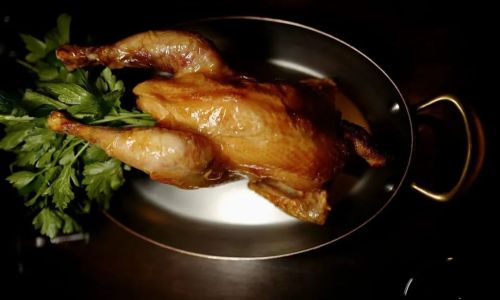
Garnish with freshly chopped scallions, sesame seeds, or a sprinkle of chili flakes for added color and a hint of heat. A drizzle of extra sesame oil can also elevate the dish’s aroma and taste.
Conclusion
Making sauce-marinated pigeon is an art that combines precision, patience, and a deep understanding of flavors. By following the steps outlined in this guide, you’ll be able to create a dish that is not only visually stunning but also bursting with complex, harmonious tastes. Whether you choose to roast or braise, the result will be a culinary masterpiece that showcases the beauty of pigeon as an ingredient and the transformative power of a well-crafted marinade.
Remember, the key to success lies in the quality of your ingredients, the thoroughness of your preparation, and the attention to detail during cooking. With practice, you’ll soon master this technique and be able to impress your guests with a dish that is both elegant and deeply satisfying. Happy cooking!

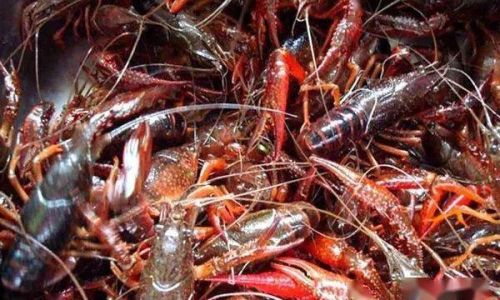
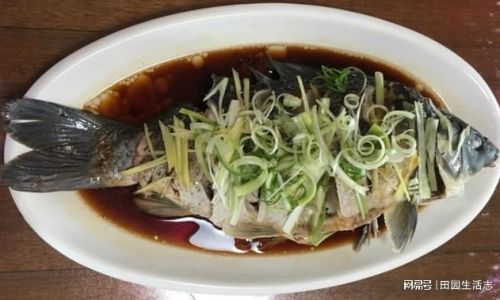
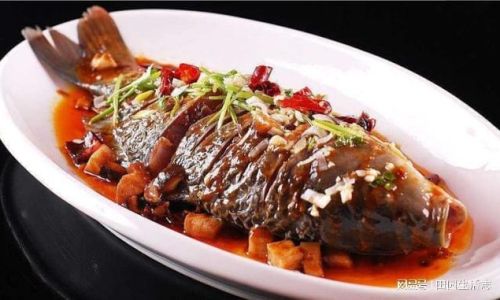
0 comments